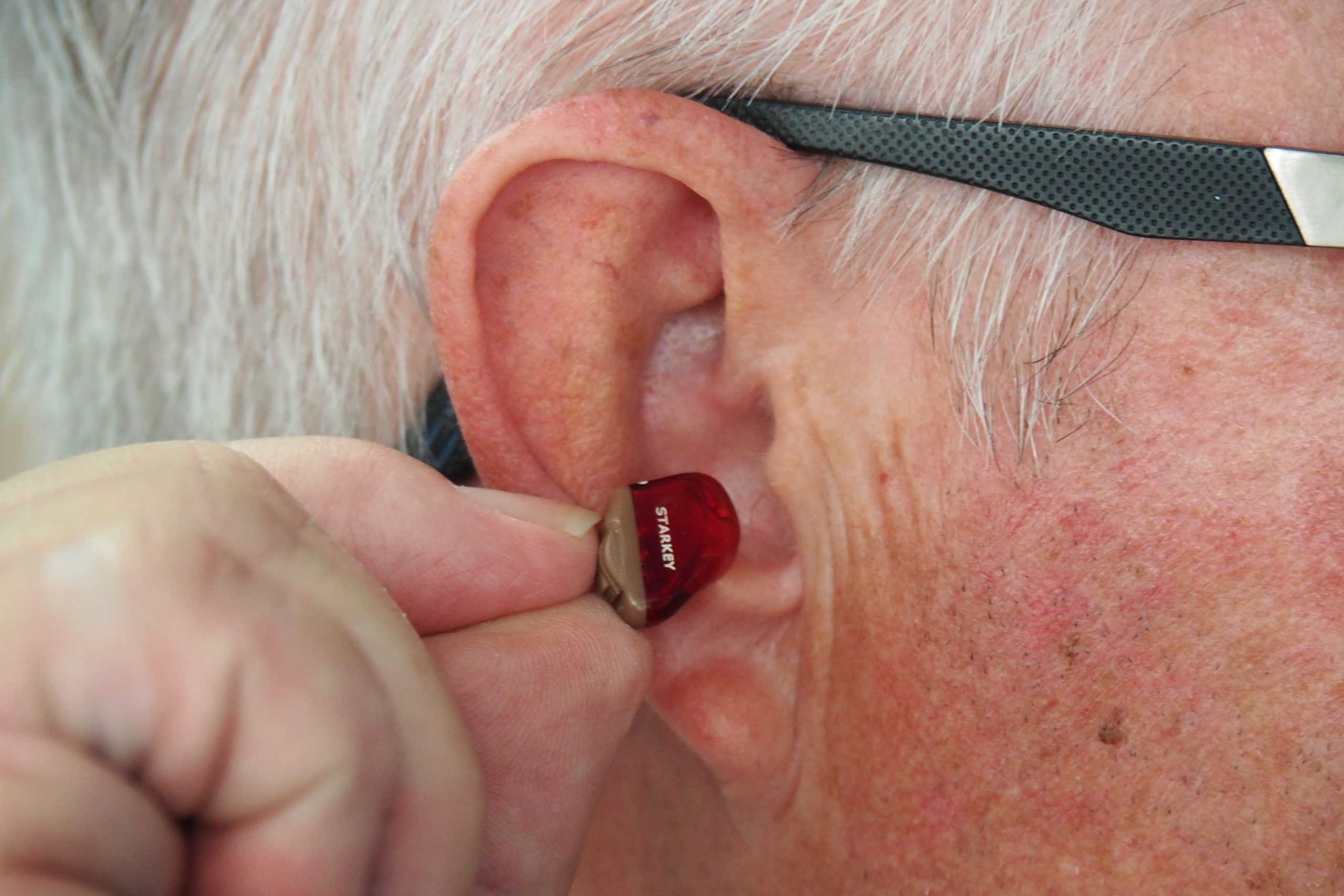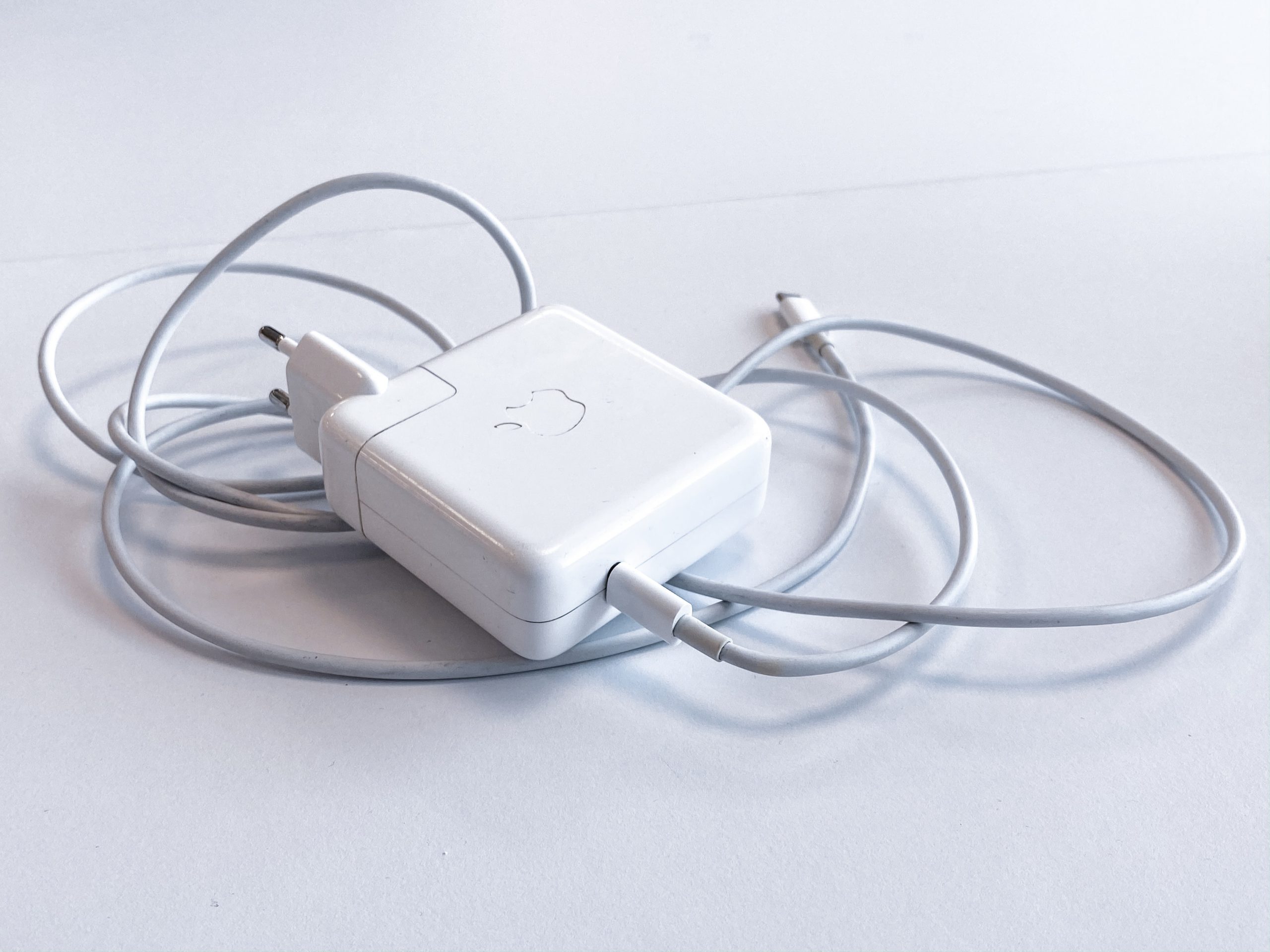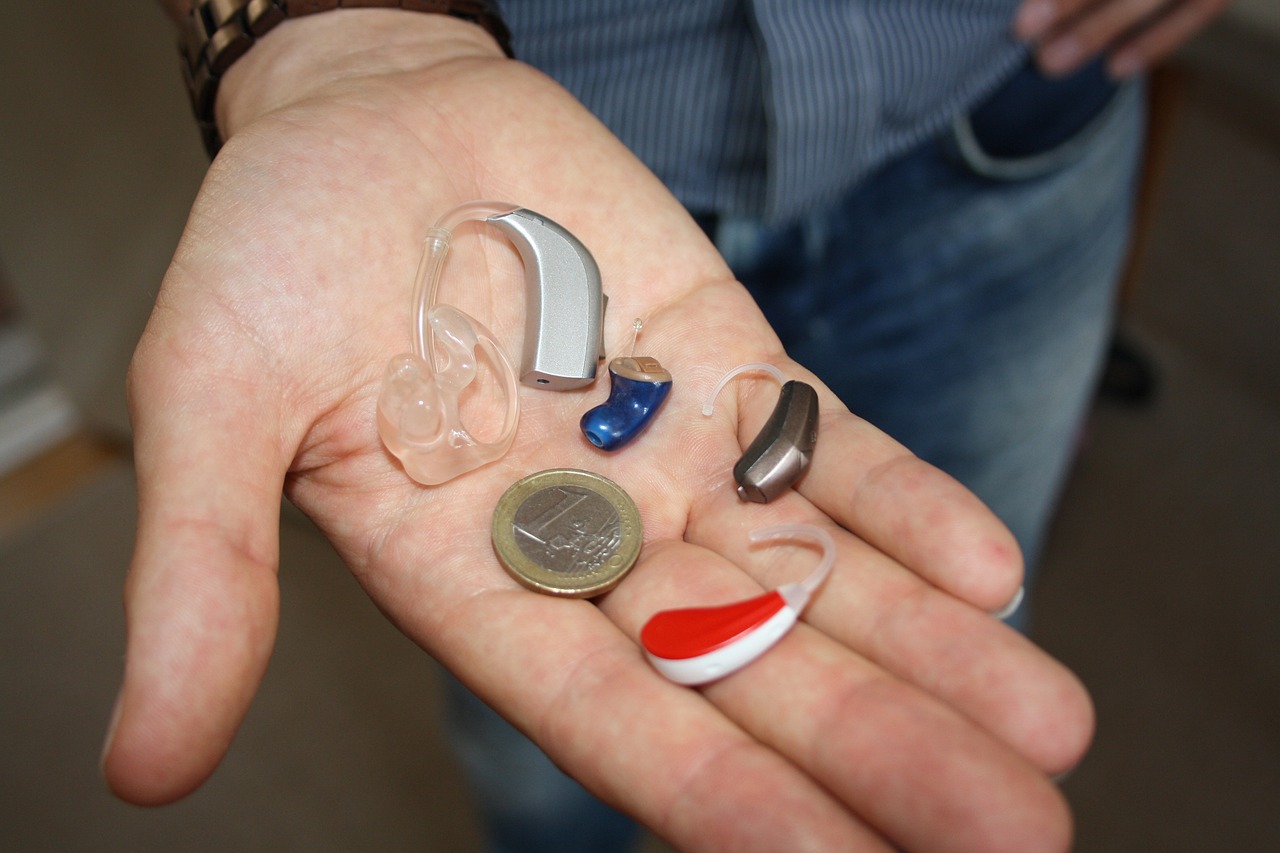
The stethoscope is an important tool for doctors, nurses, physician’s assistants, and other health care workers. They use a stethoscope to listen to internal parts of the body, such as the heart and lungs; this process of using a stethoscope to hear sounds normally unhearable to the naked ear is known as auscultation.
Doctors rely on this tool to determine the function of certain circulatory, respiratory, and gastrointestinal systems. Nurses, for example, use stethoscopes to hear our pulse when measuring blood pressure.
Traditional stethoscopes work by transmitting sound from a diaphragm/bell chest-piece through an air-filled tube to the ear pieces. The diaphragm and bell are both designed to pick up the low-frequency sounds generated by our body. The disc-shaped diaphragm picks up the relatively higher frequency sounds of breathing and the lungs, which fall in the 70 to 4,000 Hertz (Hz) range. The bowl-shaped bell on the other side of the chest piece is designed to pick up lower frequency sounds in the 20 to 650 Hz range, such as the heartbeat.
Many medical professionals are among the nearly 40 million American adults who suffer from some form of hearing loss. With auscultation being such a routine and critical process for examining patients, what do medical professionals experiencing hearing loss do if they can no longer hear the sounds of their patients’ lungs or hearts? Fortunately, there are solutions, such as amplified stethoscopes or hearing aids that can help many of these hearing impaired medical professionals.
Contents
What Products Exist to Help Medical Professionals with Hearing Loss?
While several options exist to help medical professionals with hearing loss hear better during auscultation; the best option depends on several factors.
- A medical professional who wears hearing aids may or may not want to remove their hearing aids during auscultation.
- The style of hearing aid medical professional use will impact their options.
- The features of the hearing aid the medical professional uses will affect the type of stethoscope they can use; for instance, t-coil equipped or streaming enabled.
The decision of how to handle auscultation will depend on the preferences of the medical professional and the hearing instrument that they use.
Amplified Stethoscopes for Hearing Loss
Medical professionals who are experiencing mild to moderate hearing loss and do not currently use a hearing aid may find great success just by using an amplified stethoscope. Amplified stethoscopes are designed for the hearing impaired who need a bit of a boost but do not have significant hearing loss. Stethoscopes for the hearing impaired work in the same manner as acoustic stethoscopes, but the chest piece includes a battery-operated mechanism that the user can adjust to make it louder or quieter; they also usually include a digital screen for taking readings.
Amplified stethoscopes for the hearing impaired usually have two listening modes: a bell mode that amplifies the low-frequency heartbeats, and a diaphragm mode that amplifies the relatively higher frequency sounds of the lungs.
Like other personal sound amplification products, amplified stethoscopes increase the decibel level of sounds to make them more audible. The increase in amplification is usually in the range of 15 to 50 decibels. Some models even allow a pair of headphones to be plugged into the device to make listening easier.
However, medical professionals experiencing moderate to severe hearing loss that do wear hearing aids may find that amplified stethoscopes alone do not provide enough amplification to hear lung and heart sounds. Amplified stethoscopes are also not programmed for any specific hearing loss, they merely amplify all sounds. Fortunately, there are stethoscopes for hearing aid users.
Alternatives: Hearing Aids and Stethoscopes for Hearing Loss
There are many options for medical professionals with hearing loss that want or need to keep their hearing aids in during auscultation. The solution that works best for them will depend largely on the style of hearing aid that they use.
For hearing aid styles that fit completely within the ear or ear canal (CIC or ITC), the best solution may be to use special adaptors called stethomates. Stethomates are tips that replace the regular ear pieces on both acoustic and amplified stethoscopes which makes them compatible with the hearing aid.
For behind-the-ear styles of hearing aids (such as RIC and RITE) that are equipped with induction loop technology (t-coil), an amplified stethoscope that has the same technology can be used to transmit the sound from the stethoscope directly to the hearing aids via the telecoils where they will then be amplified by the hearing aid.
If the BTE hearing aid is equipped for direct audio input (DAI), then it is possible to plug the amplified stethoscope directly into the hearing aid via a cable. A DAI boot or shoe may need to be installed on the hearing aid to make it compatible. Another method for BTE hearing aid users that have good low frequency hearing is to drill a vent hold in the hearing aid earmold such that either an acoustic or amplified stethoscope can be used as normal and the low frequency sounds will pass through the vent to the ear canal.
Another option that may work for some medical professionals that use any style of hearing aid is a stethoscope that is equipped with a headphone jack. The hearing aid user can purchase a pair of over-the-ear or on-ear headphones that simply plugs into the amplified stethoscope. These types of headphones are usually large enough to accommodate most hearing aids, even BTE styles.
Other Things to Consider
If you choose to keep your hearing aids in your ears while performing auscultation, you may experience difficulty because your hearing aids are not programmed to pick up the very low frequencies associated with breathing and heartbeats. You might therefore consider having your audiologist provide a programmed setting that picks up these lower frequencies.
If you are a medical professional with a cochlear implant, there are options: several amplified stethoscopes for the hearing impaired can be connected to a cochlear implant processor directly via a patch cord. An alternative is to use an amplified stethoscope that gives a visual readout of the sound being picked up by the stethoscope.
The information in this guide has been written using the following reliable sources:
https://www.nidcd.nih.gov/health/statistics/quick-statistics-hearing
https://www.healthyhearing.com/help/hearing-aids/types
https://www.healthyhearing.com/report/46018-Stethoscope-hearing-aids
https://www.audiologyonline.com/articles/amplified-stethoscope-options-for-professionals-860
https://www.allheart.com/blog/sa/b-stethoscopes-hearing-aids/








